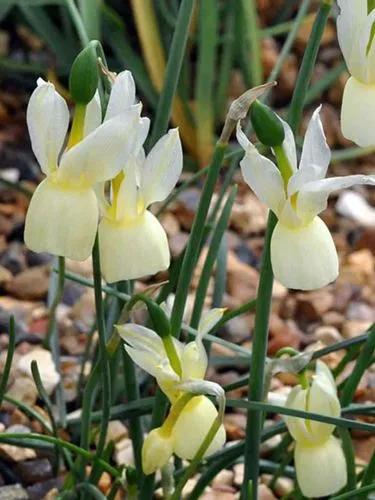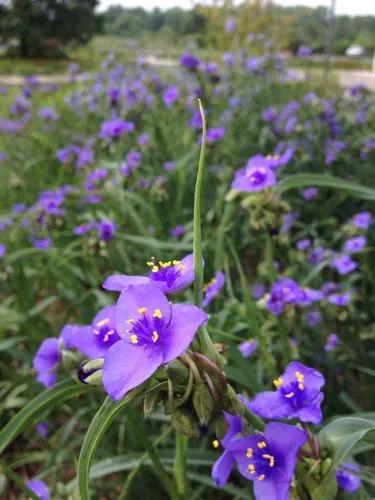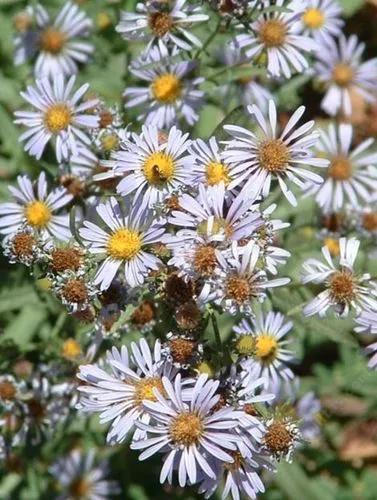Sunny Wind Hibiscus features bold yellow round flowers with red eyes at the ends of the branches from mid summer to early fall. It has dark green foliage. The glossy pointy leaves remain dark green throughout the winter. The fruit is not ornamentally significant.
Sunny Wind Care
Hibiscus rosa-sinensis



How to Care for the Plant

Water

Tropical hibiscus is a thirsty plant and will thrive and produce blossoms only if it is given enough water. Depending on the heat, wind, and humidity in your environment, your plant may need to be watered daily, or even twice a day in extremely dry conditions. Typically, tropical hibiscus plants thrive best with one to two inches of water per week. If your hibiscus is dropping leaves, or you're seeing yellowing leaves at the top of the plant, chances are it's not getting enough water. Likewise, if your hibiscus has yellowing leaves in the middle or toward the bottom of the plant, it's probably drowning in too much water.

Pruning

The best time for pruning tropical hibiscus is in the fall for both garden and container plants. Pruning will help keep your tropical hibiscus flowering as buds form on the new growth that has been stimulated by pruning, and removing some branches can let in some much-needed light.

Fertilizer

When you buy a potted hibiscus, it likely has a slow-release fertilizer mixed into the soil, so it will not require additional feeding in the first few months. After that, regular feeding wit

Sunlight

While you may assume that a tropical plant like the hibiscus loves the sun, it's more nuanced than that. In northern climates, your hibiscus plants will probably be happiest in full sun. However, if you live somewhere that's more hot and dry, you're better off putting your plant in a location that gets partial shade. If your outdoor plant is consistently producing hibiscus flowers, it is happy, so keep doing what you're doing. If your plant is not producing buds and flowers, try moving it into an area that has more sunlight.

Soil

If you're growing your hibiscus plant in a container, use a well-drained potting mix as the soil, preferably one formulated for tropical plants. Outdoors, your soil should have lots of organic matter. The soil in both grow locations should be well-draining, to help avoid the risk of root rot.

Temperature

The tropical hibiscus plant prefers average temperatures between 55 and 70 degrees Fahrenheit. Prolonged heat over 85 degrees Fahrenheit can result in dropping buds and leaves. Additionally, the plant can be killed by even a few nights below 50 deg

Container

For consistent flower production in container plantings, make sure to avoid very deep containers, which can cause the plant to spend its energy on root development at the expense of producing flowers. The ideal pot shape is one that is quite wide but relatively shallow.

Popularity

330 people already have this plant 105 people have added this plant to their wishlists
Discover more plants with the list below
Related articles






